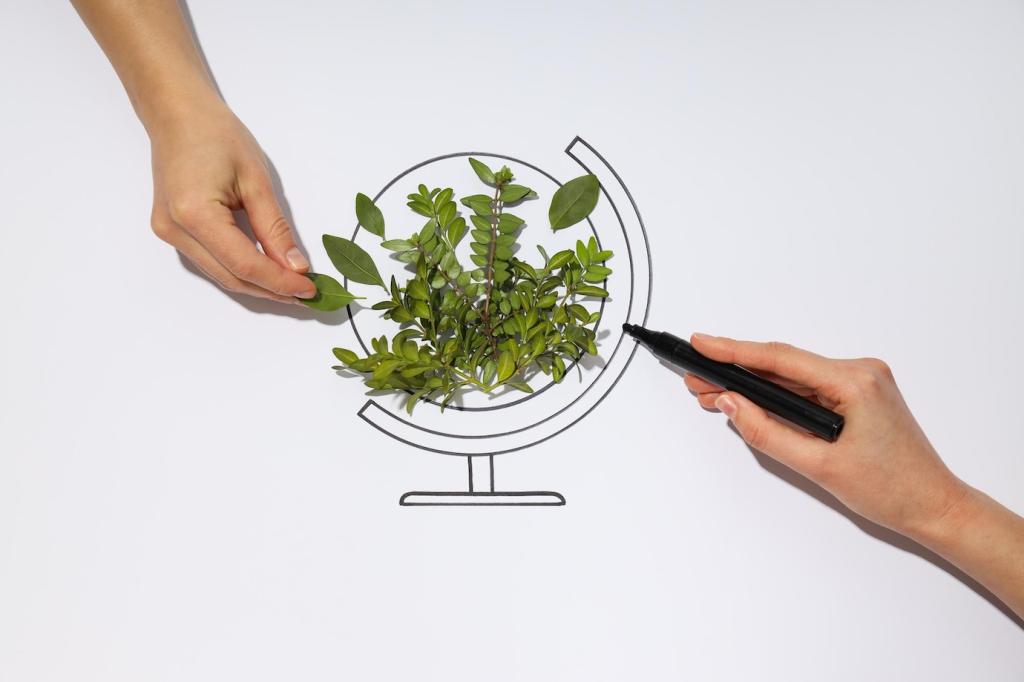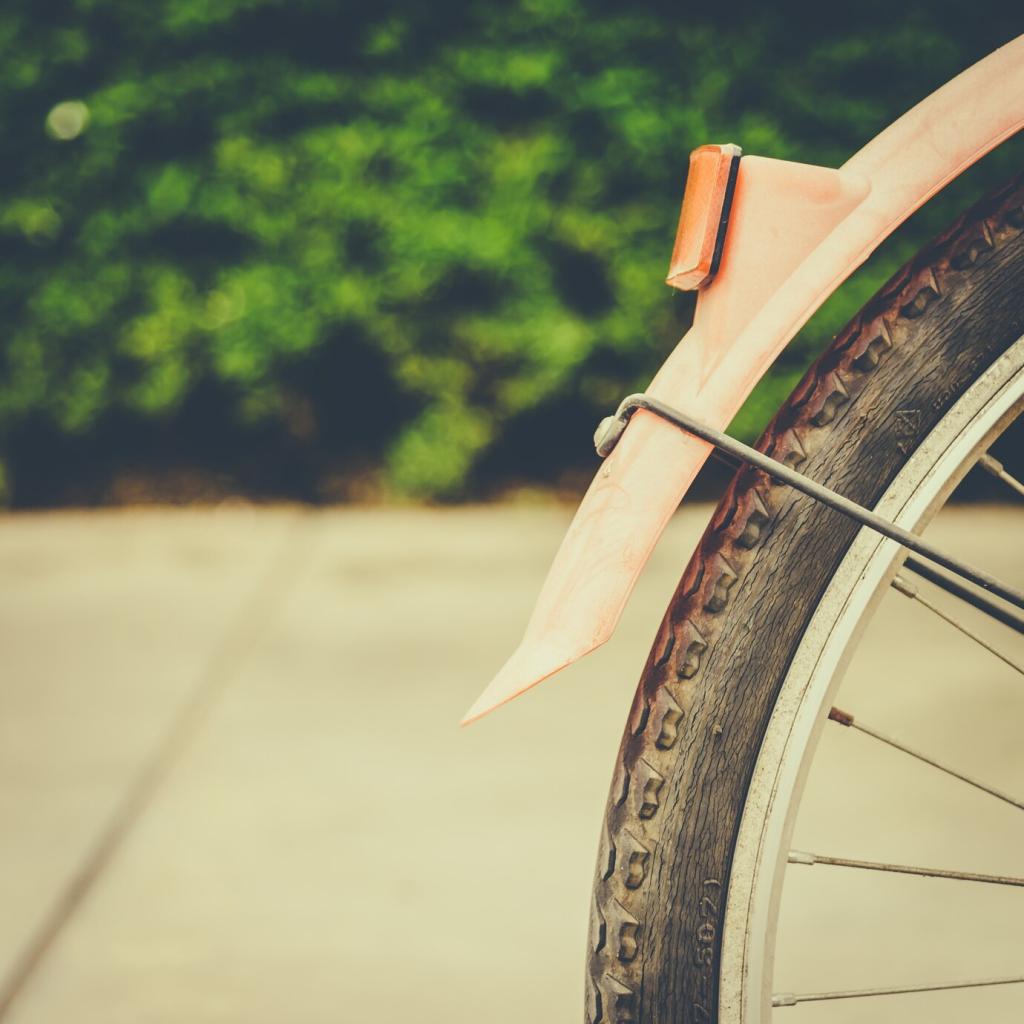Zero-Waste Transport Systems: Moving People and Materials Without Throwing Anything Away
Chosen theme: Zero-Waste Transport Systems. Imagine mobility where nothing is wasted—materials circulate, energy is recovered, and every trip creates value. Join our community to explore bold ideas, practical tools, and human stories that make zero-waste mobility real. Subscribe to follow the journey and share your insights.
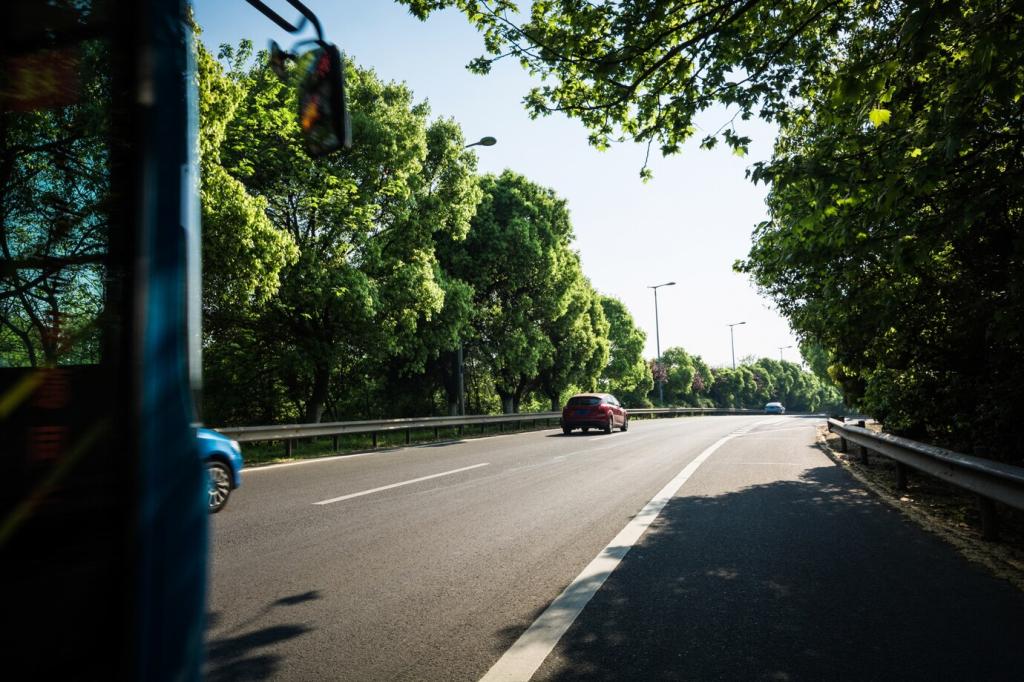
What Zero-Waste Means for Mobility
Beyond the trash can: redefining waste in transport
In zero-waste transport, waste isn’t only discarded wrappers. It’s brake dust, empty seats, idling engines, underused stations, and detours that steal time. By naming these invisible losses, we uncover precise opportunities to redesign routes, assets, and operations for cleaner, fuller, and fairer mobility.
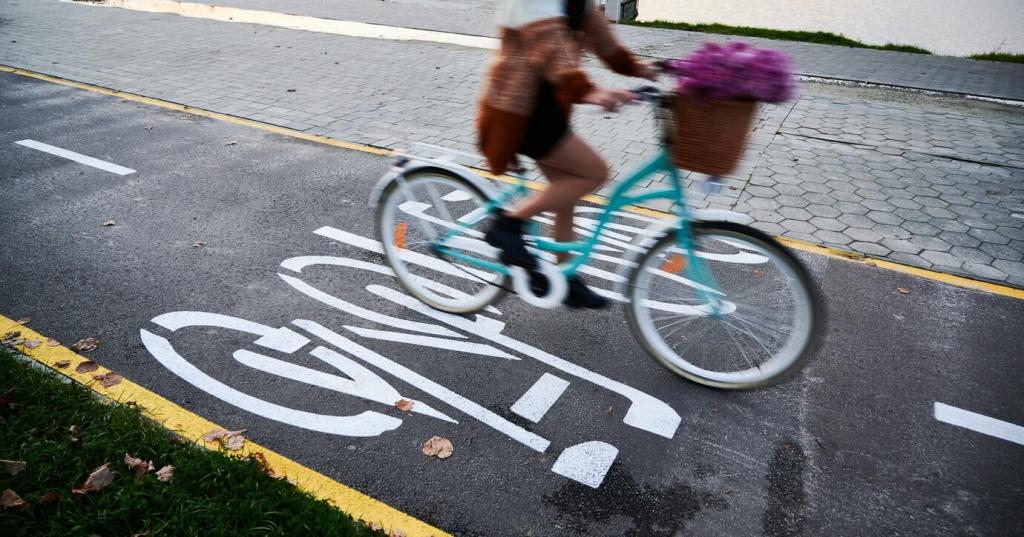

From linear to circular journeys
Traditional mobility extracts, builds, uses, and discards. A circular system designs for longevity, repair, reuse, and safe recovery. Vehicles become material banks, stations become resource hubs, and trips become data for refinement. Share how your commute could be made more circular, not just more convenient.
Circular Design and Materials That Travel Well
When buses, trains, and scooters are designed to disassemble without damage, maintenance accelerates, parts enjoy multiple lives, and materials return safely to industry. Quick-release fasteners, modular panels, and standardized interfaces make upgrades simple and waste rare. Tell us where you’ve seen this thinking in action.
Circular Design and Materials That Travel Well
Material passports record what each component is made of, where it came from, and how to reuse it. For fleets and infrastructure, passports turn scrapyards into supply chains. They help planners forecast recovery value and ensure safe handling. Would you trust your agency to implement them? Why or why not?


Operations That Produce Value, Not Scraps
Packaging becomes returnable, parts arrive in durable totes, and vendors collect back cores and crates on the next delivery. Reverse logistics is planned, not improvised. Costs drop as disposables disappear, and storerooms become tidy, traceable ecosystems. What supplier partnership could make this real in your context?

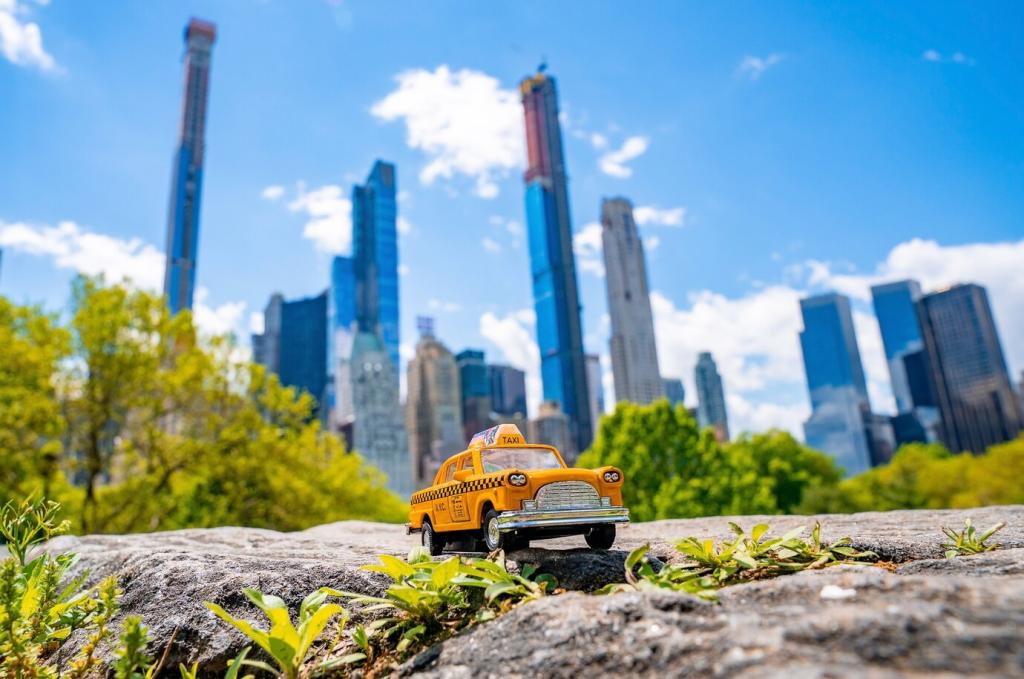
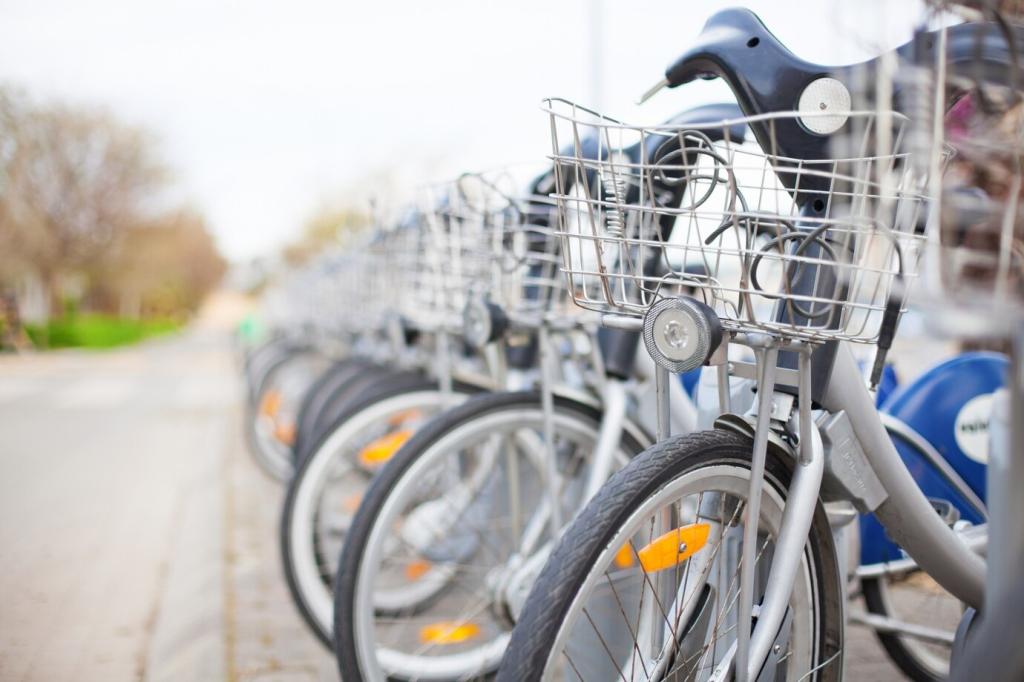
City Patterns That Prevent Wasteful Trips
Proximity by design
Mixed-use streets, local services, and safe crossings shrink distances that drain time and energy. A fifteen-minute neighborhood isn’t just convenient—it prevents thousands of redundant miles each year. Which daily errand could move closer to you, and how would that change your transport choices and mood?
Micromobility that multiplies utility
Bikes, cargo bikes, and scooters transform short trips, turning bulky errands into nimble adventures. With protected lanes and secure parking, these modes reduce wear on roads and free buses for essential journeys. Share your micromobility story: the trip it replaced, the time it saved, and the smile it produced.
Pricing that favors fullness over emptiness
Smart pricing rewards shared rides, fuller vehicles, and off-peak travel while discouraging half-empty cruising. The goal isn’t penalties—it’s aligning incentives with community value. What pricing experiment would you support for fewer empty seats and smoother, fairer flows across your city’s transport system?

Lifecycle assessment that sees the whole
Lifecycle assessment tracks impacts from raw materials to end-of-life, revealing where design tweaks prevent future waste. Applied to fleets and stations, it guides procurement and maintenance. Tell us which lifecycle stage your team understands least, and we’ll build an explainer to close that knowledge gap together.
KPIs made for circular transport
Track repair rates, part reuse, material recovery value, seat-kilometers utilized, energy recovered, and waste diversion. When KPIs spotlight circular wins, teams celebrate prevention, not just cleanup. Which metric would motivate your colleagues most, and which dashboard view would help them act quickly and confidently?
Digital twins to test before we build
A digital twin simulates routes, depots, and materials to test changes without wasting time or parts. It lets planners compare design-for-disassembly choices or maintenance strategies safely. Would a twin change your planning process? Share a scenario you wish you could simulate before committing real resources.
Policy, Procurement, and Partnership
When tenders require repairability, recycled content, and take-back, suppliers innovate and invest. Multi-year contracts reward durability over disposability. Publish evaluation criteria early, and vendors will bring solutions you didn’t think possible. Which specification would you add tomorrow to nudge your supply chain toward zero waste?
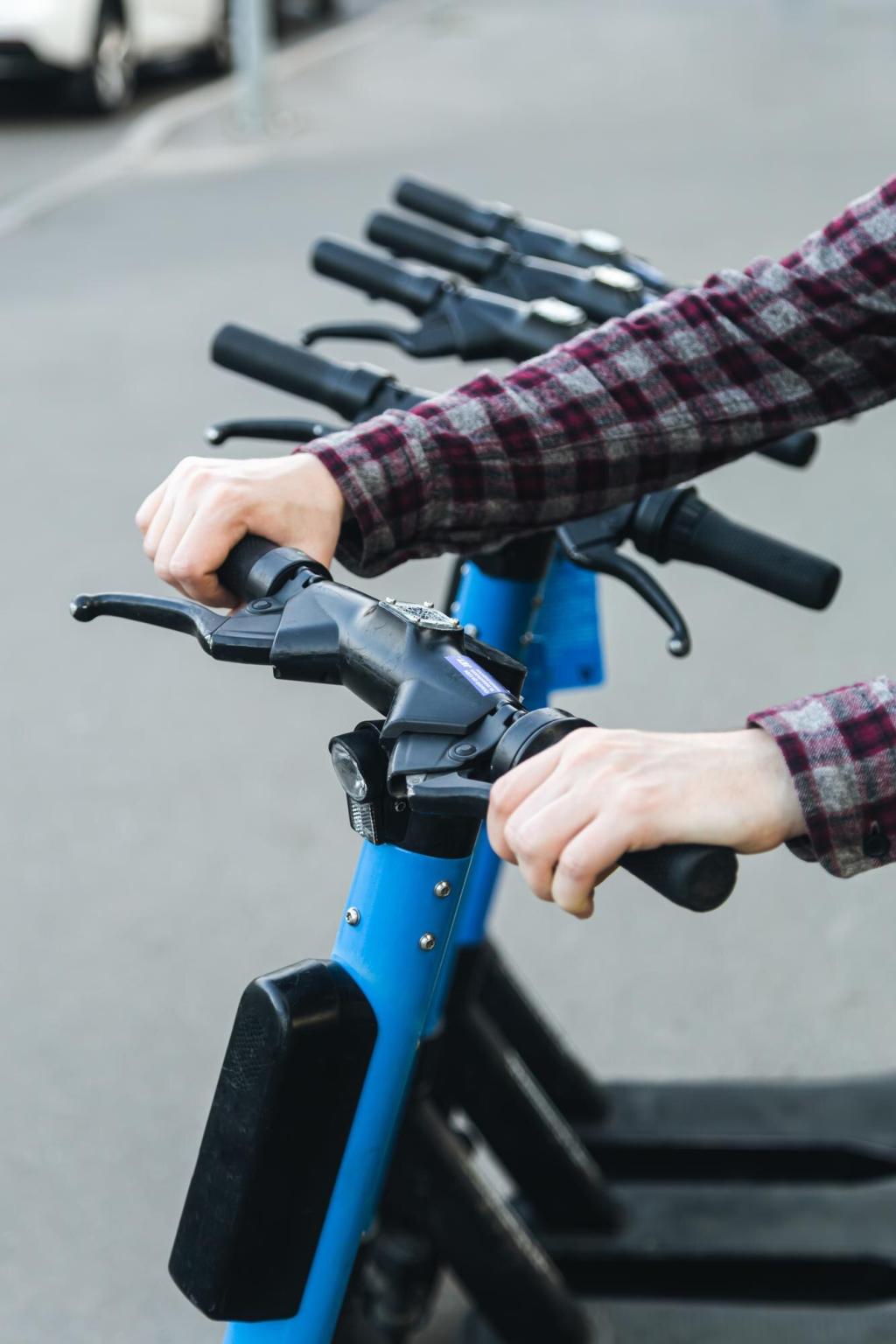
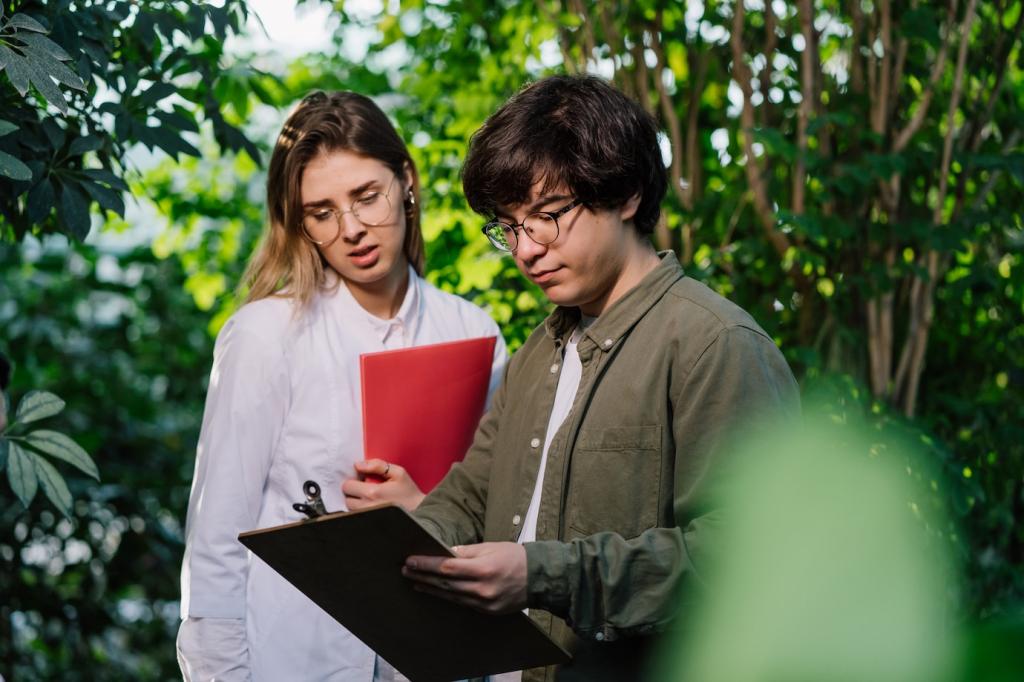
Policy, Procurement, and Partnership
Producers remain responsible for batteries, tires, and components at end-of-life, guaranteeing safe recovery. Clear targets, transparent data, and fair oversight build trust. Riders benefit from safer streets and quieter vehicles. What product in transport should carry stronger producer responsibility in your country, and how would you enforce it?
